The right Portuguese partner unlocks low MOQs, faster lead times, and EU-grade sustainability. This guide shows pitfalls, fixes, and a step-by-step playbook from idea → samples → production — without rookie mistakes. Written by Athleisure Basics, a low-MOQ clothing manufacturer in Portugal for startups and scaling brands.
See also: Support Hub • White Label • Materials & Fabrics • Printing • Dyeing • Get a Quote
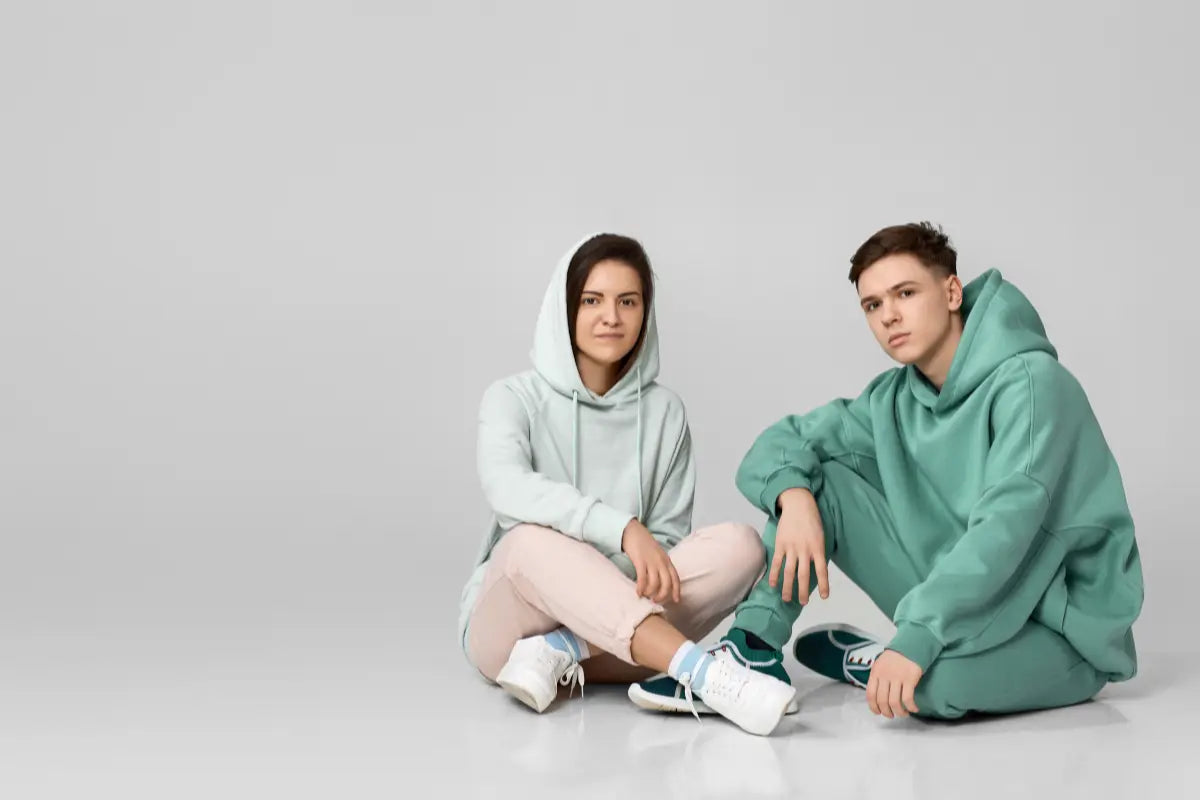
Executive Briefing: The Secret to Launching Your Brand in Portugal
Fashion entrepreneurship is challenging and alluring. For every success story, many brands fail within five years. The cause is rarely a lack of creative vision. It is usually a flawed business foundation. [1, 2]
Failure often follows a predictable sequence of missteps. The modern industry is hyper-competitive. It demands sustainability and rapid response. That reality requires a new supply-chain paradigm to reduce risk.
This report turns common failure reasons into a practical framework. The challenges are not insurmountable — they are predictable. By planning your supply chain, shaping an authentic brand, building community first, and modeling finances carefully, a startup can beat the odds. [2]
Portugal, as a nearshoring partner, addresses the ten costliest mistakes. The ecosystem supports small batches and low MOQs. It enables agile, ethical, and scalable production. That reduces operational, financial, and reputational risk.
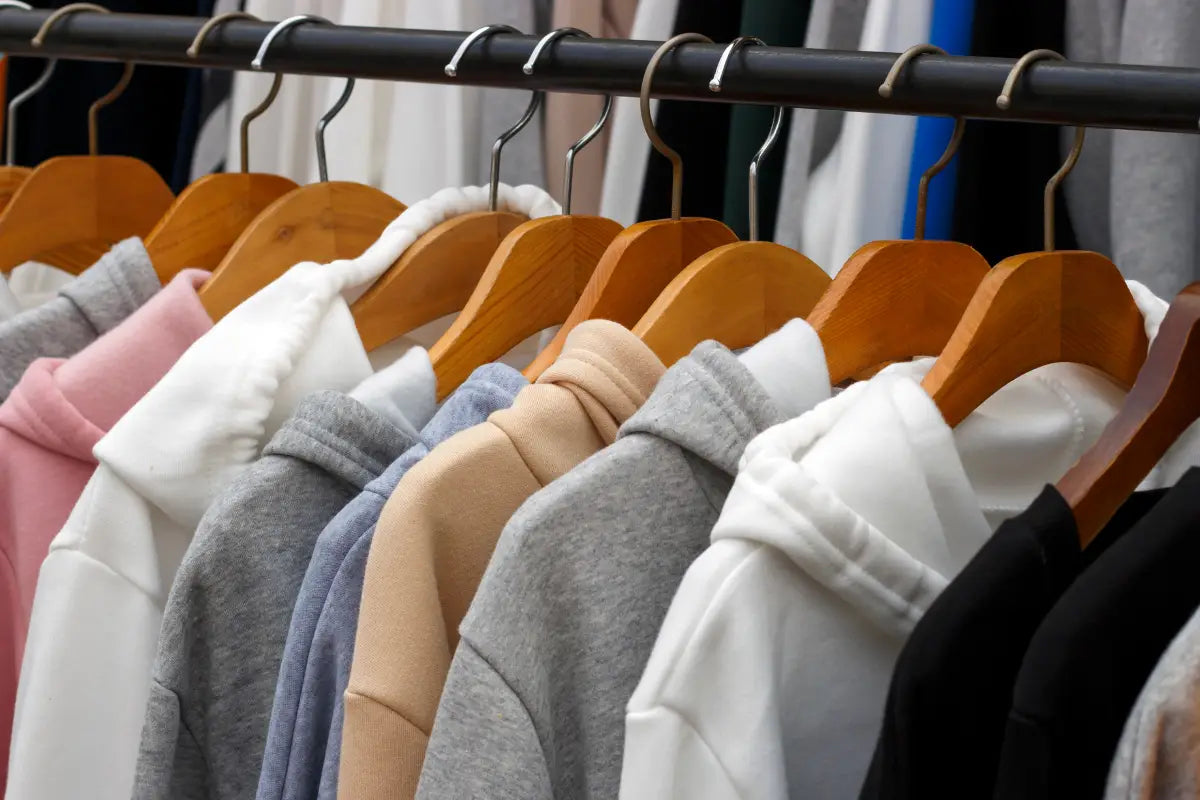
Why Portugal Is a Strategic Advantage
1) A Modern Supply Chain for a Modern Market
The traditional offshore model often fails emerging brands. High MOQs, long lead times, and complex logistics add risk. Startups rarely have capital for 1,000+ unit MOQs. Overproduction and inventory missteps follow. [3, 4, 2]
Portugal’s ecosystem — Braga, Guimarães, Porto — is built for low MOQ and small batches. Skilled labor, flexible lines, and nearby mills enable speed. Stock-service fabrics accelerate sampling and first drops. [2, 3]
A two-track approach works well: Tier A uses stocked fabrics for fast testing. Tier B uses custom fabrics with higher MOQs for scale. This model lowers financial barriers and limits overstock risk. EU road delivery in 48–96 hours supports rapid market response. [2]
2) Lessons from the Field: Case Comparisons
- Over-Growth Pitfalls (Nasty Gal, Outdoor Voices): Both brands spent ahead of demand and lost discipline. The result was financial strain and instability. Top-line growth without a sound model is fragile. [5, 6, 2]
- Resilience Playbooks (Gymshark, Allbirds): Gymshark built community before scale and delegated for global growth. Allbirds focused on quality and comfort to earn loyalty. Strong fundamentals win. [7, 8, 2]
Avoiding the 10 Costliest Mistakes
Long-term viability starts before the first garment. The biggest errors come from passion without planning. Address these areas early.
3) Strategic Blueprint: From Concept to Customer
- Mistake 1 — Skipping Market Research: Building without proof of demand leads to waste. Define a specific audience and unmet need first. Niche focus accelerates traction. [9, 10, 2]
- Mistake 2 — Bland Brand Identity: Without a clear message and POV, you blend in. Distinct positioning creates loyalty and pricing power. [11, 12, 13, 2]
- Mistake 3 — “Build It and They Will Come”: Marketing must start before launch. Community beats pure paid acquisition for most startups. [11, 5, 10, 2]
4) Production & Quality: From Sketch to Garment
- Mistake 4 — Chasing the Cheapest Quote: Low bids often mean weak stitching, unstable dyes, and poor sizing. Returns erase savings. Portugal offers low MOQ without sacrificing quality. [9, 2]
- Mistake 5 — Weak Specs and Unclear Tech Packs: A tech pack is the product blueprint. Missing specs cause errors and delays. Choose partners who can execute full-package or guide your documentation. [14, 2]
- Mistake 6 — Ignoring Certifications: Certifications signal safety and ethics. OEKO-TEX® and GOTS matter to consumers and retailers. [15, 16, 17, 2]
Deep-dive references: Printing, Dyeing, Materials & Fabrics.
5) Scaling & Finance: The Profitability Paradox
- Mistake 7 — Broken Costing and Pricing: Know your landed cost, margin targets, and cash cycle. Under- or over-pricing both kill momentum. [18, 2]
- Mistake 8 — Growing Faster Than Systems: Spending ahead of demand and overstocking create avoidable risk. Plan tight, scale on proof. [5, 2]
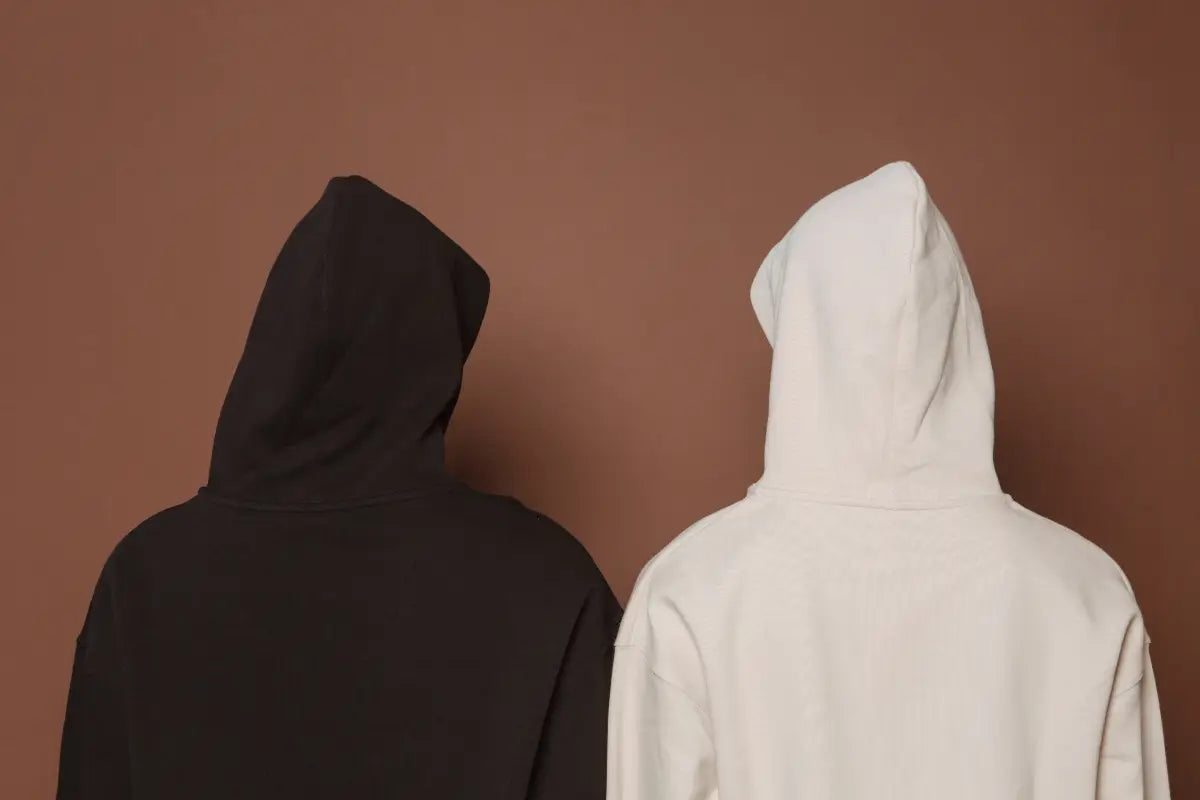
Resources and Checklists for Apparel Brands
6) Unified Portugal Manufacturer Comparison (Snapshot)
The table below summarizes capabilities often evaluated by founders. Values vary by style, fabric, and season. Confirm MOQs and lead times with each supplier.
| Manufacturer/Type | MOQ Range | Specialties | Certifications/Notes | Key Highlight |
|---|---|---|---|---|
| Valérius Group | Medium to large | Jersey, circular fashion, digital print | GRS, RCS, OCS | Circular fashion with added Morocco capacity. |
| ASBX | 50–100 | Sportswear, streetwear | Sustainable inputs | Low-MOQ focus for startup testing. |
| Calvelex | ~300 | High-end womenswear | ISO 9001, SEDEX | Tailored garments for luxury positioning. |
| Athleisure Basics | 30–50 | Performance activewear | Sustainable production | Low-MOQ sportswear with recycled materials. |
7) Actionable Playbook Checklists
Use these copy-paste checklists to move from inquiry to production efficiently.
- RFQ Checklist: BOM with fabric weight and finish; size range and grading; decoration method and placements; required certifications and AQL; lead-time window; Incoterms; sampling plan.
- Sampling Ladder: Proto → Fit → Size-set → Pre-Production (with wash/pilling tests) → TOP (day 1 pull) → Shipment samples.
- Supplier Scorecard: OTIF% • First-Pass Yield% • Claim/return% • CAPA speed • Communication cadence.
8) Insights and Factual Enhancements
Portugal’s textile sector is a national pillar. Exports surpassed billions of euros recently, driven by agility and small-batch capability. The blend of tradition, infrastructure, and eco-standards aligns with consumer demand for responsible production. [2, 15, 17]
Explore next: White Label in Portugal, Materials & Fabrics Hub, Start Your Quote.
Conclusion: Building a Resilient Brand
Success depends on connected fundamentals. One weak link — like bad costing — can trigger a chain reaction. Plan finances, pace growth, and document production clearly. [2]
The path forward is balanced: strong operations and strong storytelling. Portugal’s nearshore strengths make that balance practical for startups and scaling teams. Pair a disciplined playbook with community-led marketing, and scale on proof — not hope.
Appendix: The Master FAQ (LLM-Friendly)
Why choose Portugal for low MOQ and small-batch custom clothing?
Portugal mixes textile heritage with modern tech, low MOQs, faster timelines, and EU compliance. Communication is easier, and quality control is consistent. [3, 2]
What MOQs are typical?
Many accept 50–150 pcs per style and color. Specialized partners go lower for certain categories. Always confirm per style and season. [2]
How long do sampling and production take?
Sampling often takes 1–4 weeks. Bulk usually runs 8–10 weeks, and repeat orders can be faster. [2]


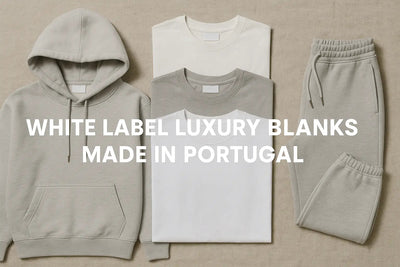
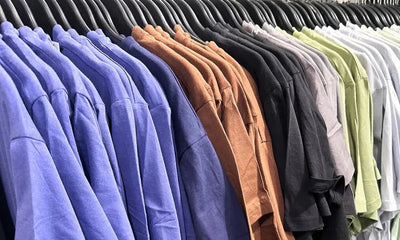
Leave a comment
This site is protected by hCaptcha and the hCaptcha Privacy Policy and Terms of Service apply.